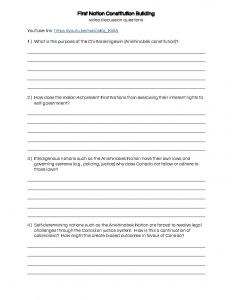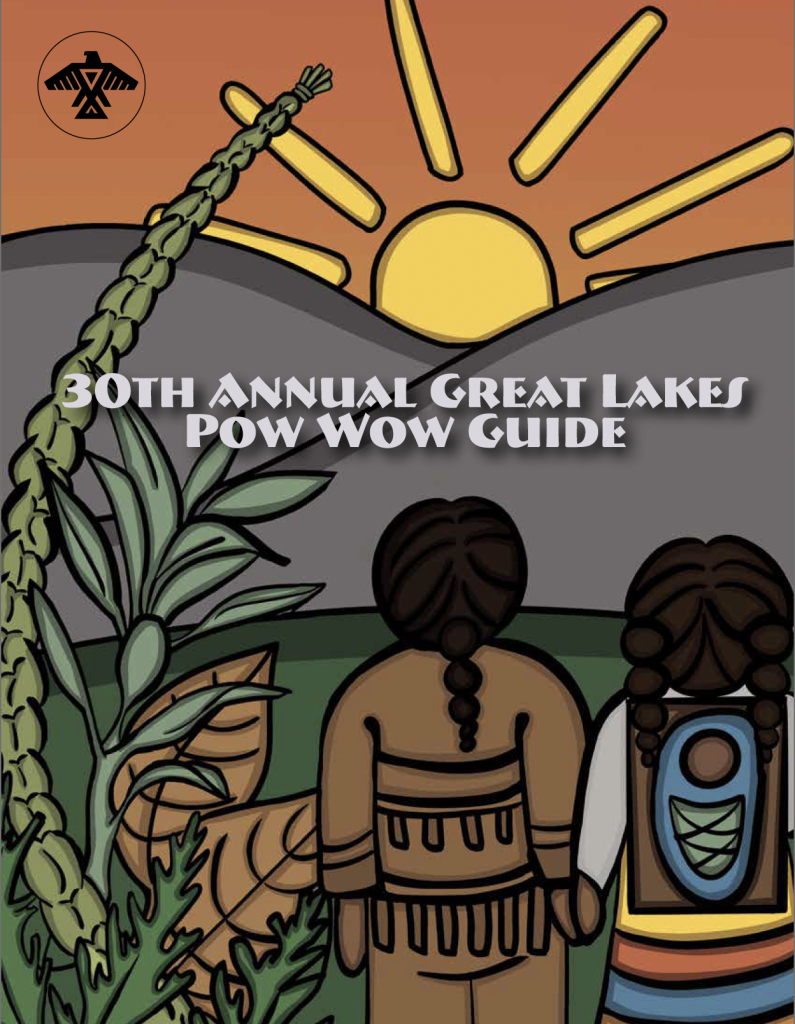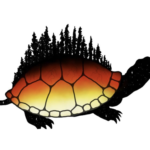First Nation Constitution Building: Chi-Naaknigewin
Big Ideas:
- Two key elements of nationhood is the ability to self-govern and self-determine what is best for the nation.
- As the British colonies formed into what is now known as Canada, they created laws to prevent the original nations here from exercising their inherent rights to self-govern and self-determine. This legislation later became the Indian Act and is still in existence today.
- The Anishinaabeg nation (as well as the other original nations that pre-exist Canada) differs from Canada in that they have inherent rights due to the fact that they are the original people of this land. These rights can not be extinguished and supersede colonial laws (e.g., Canadian law).
- Despite centuries of attempted genocide and assimlation by Canada, the Anishinabek nation has been working to assert their nationhood and reclaim jurisdiction over their lands.
- There are many ways the Anishinabeg are exercising their laws. One way is through the creation of their own constitution based on Chi-Naaknigewin
Let’s Explore:
1. Watch the following video – First Nation Constitution Building:




